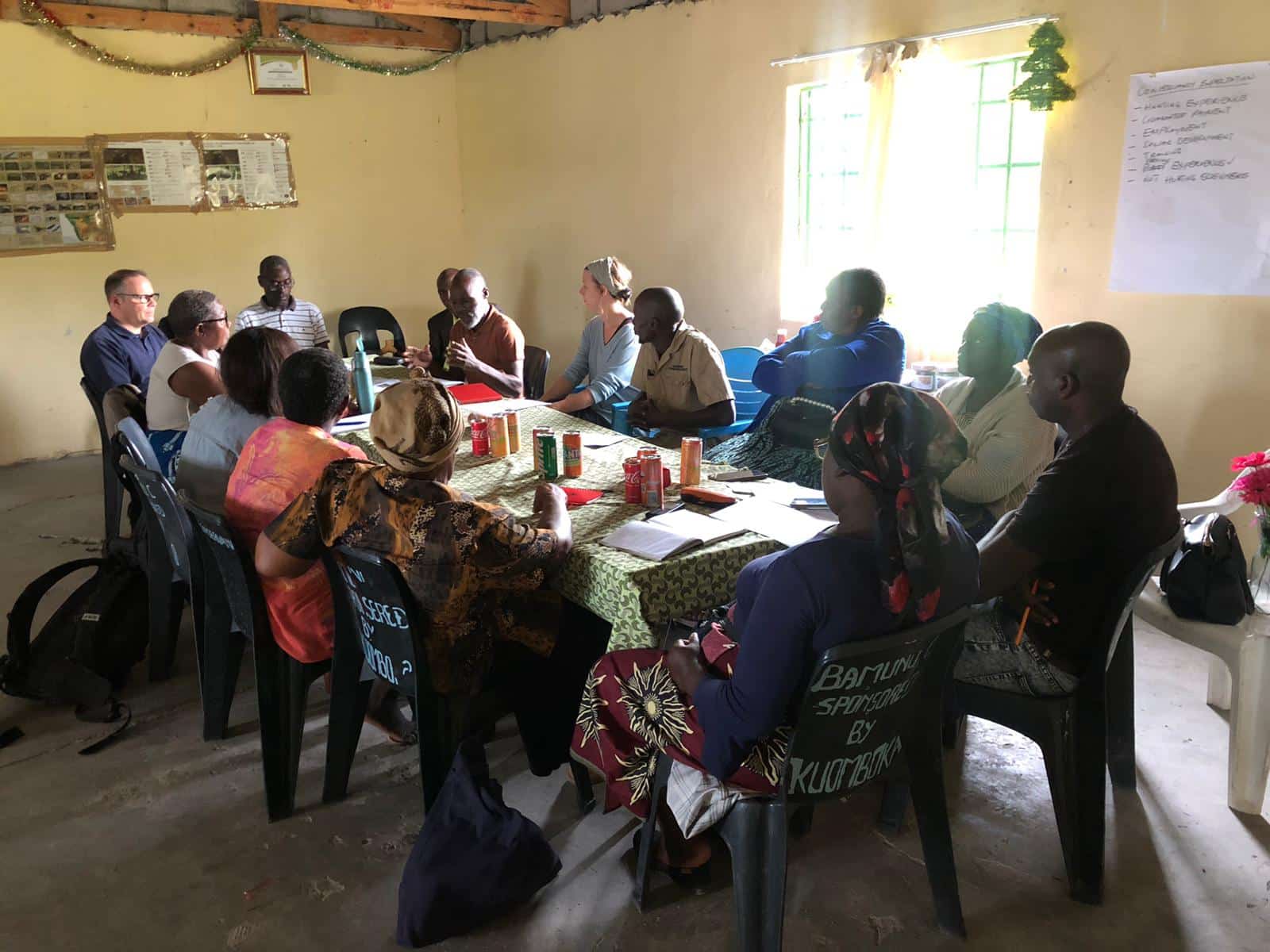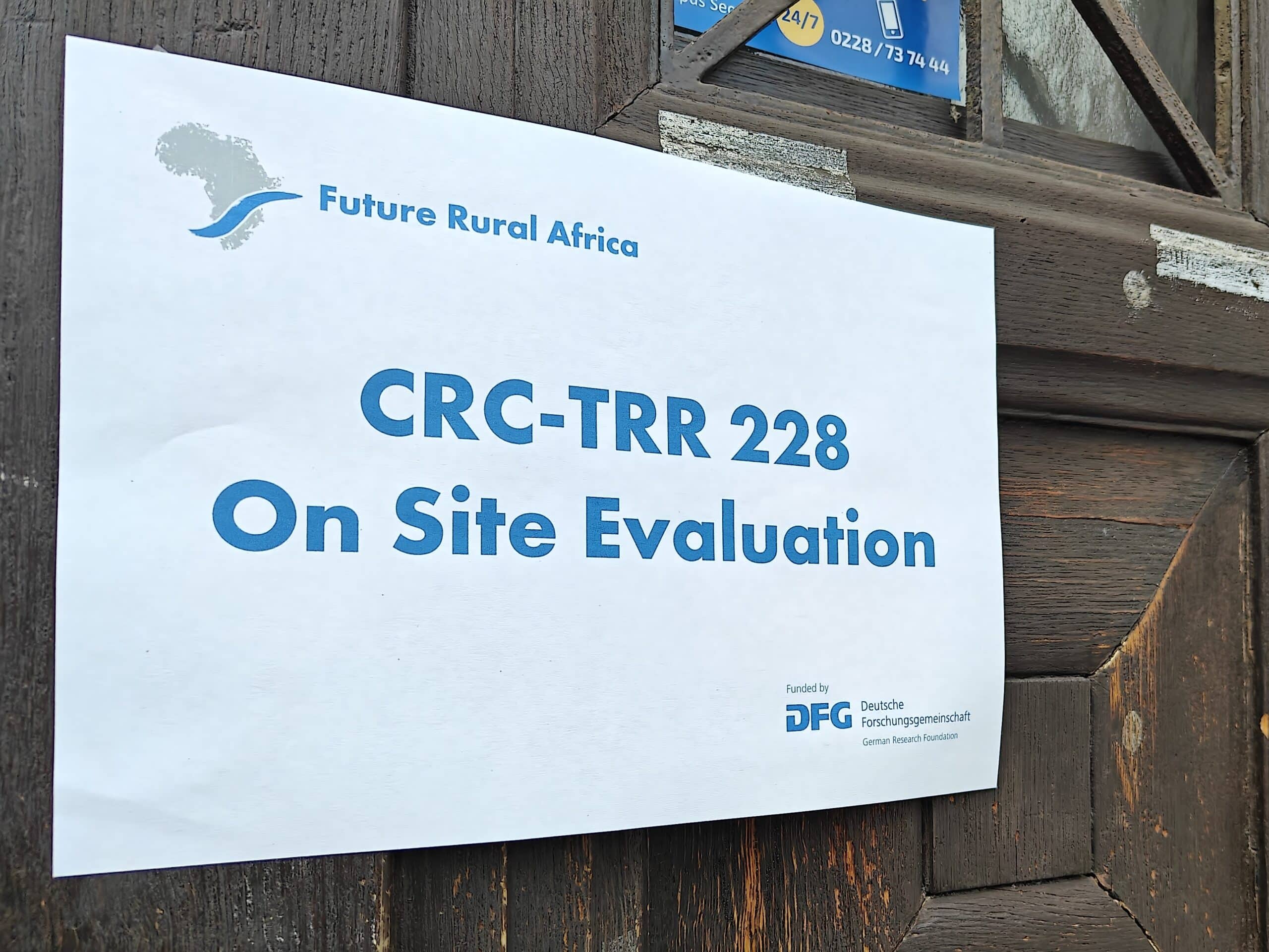By Carolin Hulke, Project C01 Future in Chains
Nature-based tourism and agriculture – a contradiction?
The Zambezi region in north-eastern Namibia is part of the transnational Kavango-Zambezi Transfrontier Conservation Area (KAZA), which has gained recognition for its diverse wildlife, making it a popular tourist destination. Community-Based Natural Resource Management (CBNRM) is a crucial element of the economic development strategy of the region. Local communities organise wildlife management within conservancies, with the aim to generate income that is redistributed to the members or used for development projects. The region’s economy and the livelihoods of its residents are significantly shaped by the impact of conservation initiatives on economic and socio-spatial development. Based on the outcomes of my recently finished PhD research on “Development beyond global integration: Livelihood strategies, small-scale agriculture, and regional value chains in Namibian conservation areas”, (2019 – 2021), I want to summarise findings and reflect on feedback workshops conducted with local actors such as small-scale farmers, conservancy managers and institutional actors in February 2023. How do they evaluate the study, and what are local ideas and strategies to synergize agricultural development for livelihood well being with efforts to conserve nature?
Main outcomes of the research
The majority of people living in Zambezi state that they depend on crop production as their most important livelihood source. Besides rain-fed crops such as maize, farmers recently started engaging in the production and marketing of fruits and vegetables. Horticulture producers in the Zambezi region are almost exclusively smallholders. Based on local collective action, in recent years a local value chain for fresh vegetables and fruits has emerged that is currently consolidating in the form of formalised supply channels. Various institutions are governing this consolidation process and ultimately the integration or exclusion of local actors. Our value chain mapping identified gaps and potentials in the current development. The study found that the midstream segment of the value chain in horticulture (processing and distribution of products through transport, packaging, processing, and storage) is lacking infrastructure to link producers to markets. Policies regulating the domestic market, such as a Market Share Promotion to regulate imports, destabilize supply channels for the formal market but enable producers of the informal market to enter a local value chain, requiring coordination, planning, and access to inputs. Production diversification and planning facilitated by the regional horticulture association ZAHOPA was necessary to avoid local competition. There is also the potential to deliver vegetables to lodges, providing a new market that is close to the production site, reducing transport costs, and providing easy communication.
To improve income generation, food security and livelihood well being for small-scale farmers, all segments of the value chain need to be aligned, with a particular focus on the midstream segment. By developing a regional value chain in horticulture, small-scale local farming has proven to be more inclusive than commercial farming on intensive, large-scale farms producing for the domestic or export market. Based on these outcomes, encouraging local initiatives and innovations through collective action can be instrumental in developing and implementing regional standards, and processing industries on a regional, small scale.
What happened during the COVID-19 pandemic?
In an add-on project on the impact of the COVID-19 pandemic on the tourism and horticulture development and the sectoral linkages in the Zambezi region, it became evident that conservancies adjusted their benefit sharing system and restructured their activities towards agricultural value chains due to the decline of tourism income. Conservancies have a significant potential to support small-scale horticulture farmers by distributing their revenues through Human-wildlife conflict offsets and investing in projects that support farmers. To enable farmers to produce for formal markets, conservancies can invest for instance in boreholes, community gardens, transportation, and processing facilities. These ideas were developed only in the aftermath of the pandemic, which have drastically shown the dependency and vulnerability of conservancies based on external income (mainly from tourism). These emerging linkages between the tourism and nature conservation sector and small-scale farmers must be strengthened to reduce the negative effect of farming in conservancies, such as human-wildlife conflict. The dependence on tourism reviewed the need for regional diversification and orientation towards agriculture. During the shutdown of tourism businesses, farming remained stable, and many people used farming and surplus-selling of horticulture products as a safety net. This has caused a stronger acknowledgement of horticulture in conservancies for food security and income generation for the region. Whether these new endeavours will be successful will depend on communication between higher level institutions in the tourism and agriculture sectors to facilitate and synergize policies that enable local actors to adapt to multiple crises and induce resilient development pathways.

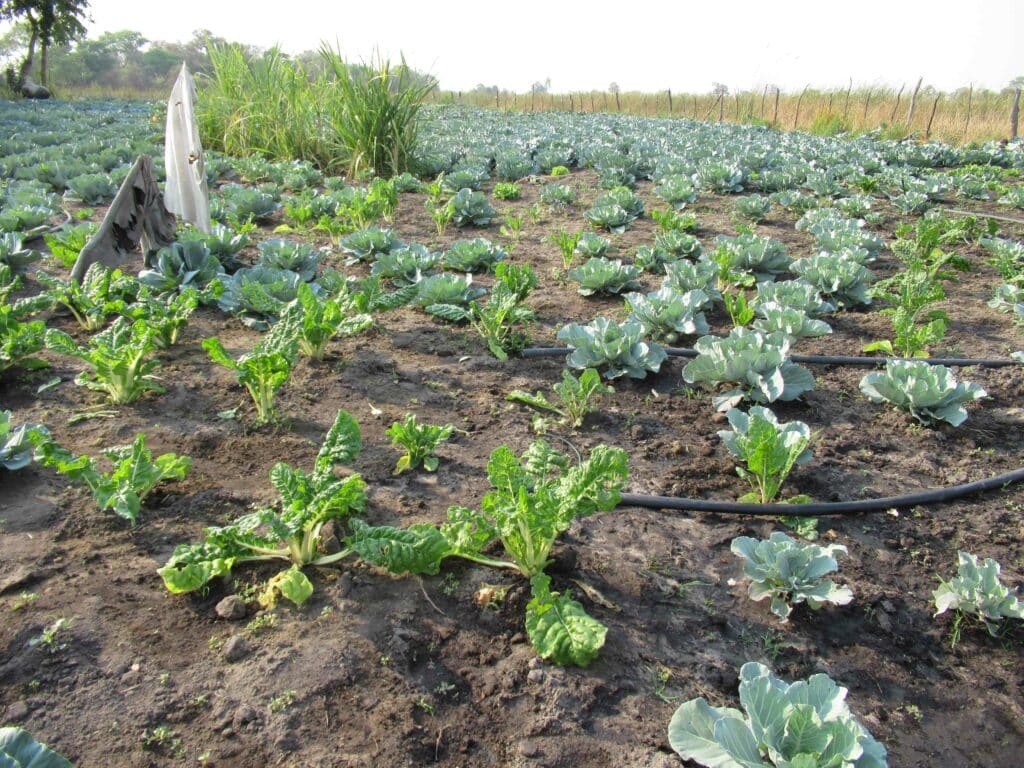
Feedback workshops
To discuss the findings generated in the project with the research participants, and to jointly develop policy recommendations, we brought together small-scale horticulture farmers and conservancy staff members and managers (including former participants and new interested farmers). The workshops in five conservancies were jointly organised by the University of Cologne and the region’s horticulture association for small-scale farmers (ZAHOPA), with support from the University of Namibia, Katima Mulilo Campus. The workshops were accompanied by Prof. Javier Revilla Diez, PI of Project C01 “Future in Chains” , as well as his master candidate Emma Galbraith, who is continuing the research on horticulture value chains in Zambezi.
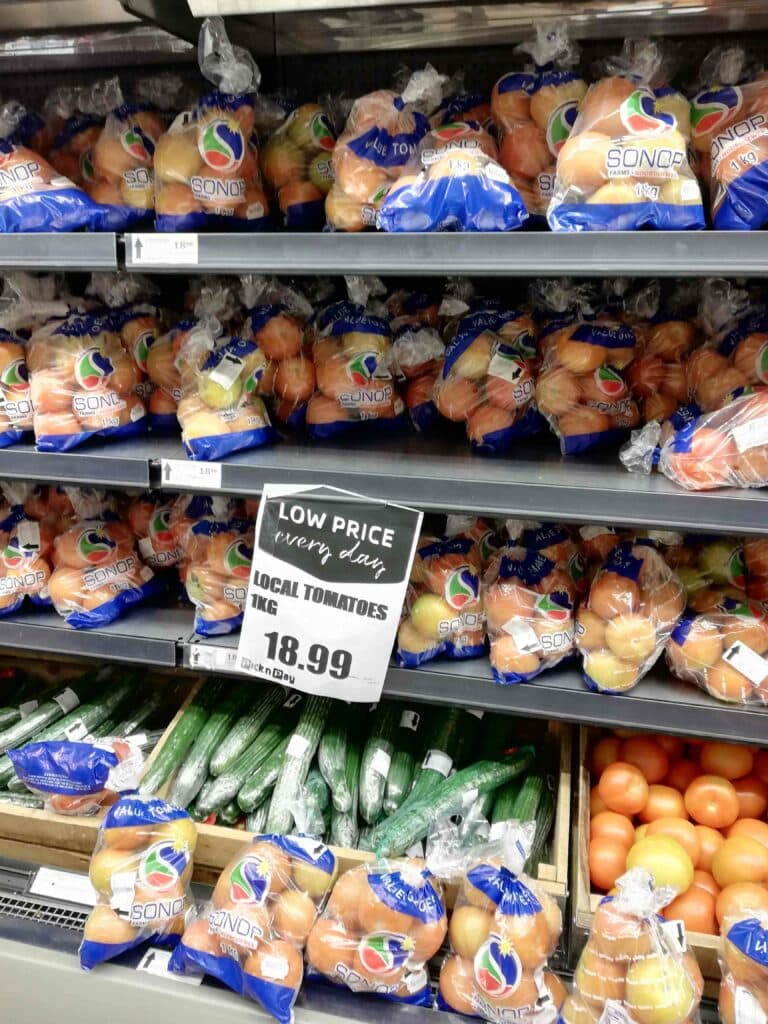
The following main constraints for horticulture development and possible implications and policy recommendations were discussed:
- Access to inputs and links to markets are limited, need to focus on the midstream segment of the value chain (transport, brokers, packaging, processing)
- Local initiatives and innovations through collective action (such as ZAHOPA) can channel resources and improve access to markets, private sector engagement is necessary to support civil society engagement and collective action, local quality standards (by supermarkets and lodges) need to be developed in participation with farmers
- Implementing regional standards, processing industries, and digital communication will help to focus on regional value chains
- COVID-19 presents an opportunity to improve communication between actors in conservation and agriculture; conservancies function as a crucial institution to finance agricultural projects to improve livelihoods, diversify their income and reduce dependence on tourism
- Conservancy clusters need to align their investment strategies to develop necessary infrastructure or development projects that benefit regional development as a hole; this could include a streamlined investment strategy into different value chain segments (e.g. storage rooms, trucks, input supply, processing/packaging plant)
- Stakeholders from the agriculture and nature conservation sector on all geographical and administrative levels need to align their institutions and communicate closely to support grassroots development; CBNRM model needs to be adjusted according to new challenges
According to local smallholder farmers, future development pathways in agriculture require increased participation and value capture from local value chains and, in the long run, also regional and domestic value chains in formal markets. The conservancies have raised concerns on environmental impacts of the expansion of agricultural land as well as the regulatory framework in conservancies that targets nature conservation. Their objective and mandate, according to higher-level institutions is primarily concerning the protection of natural resources. However, the Covid-19 pandemic has shifted this understanding towards cooperation and communication – a meaningful first step to develop future pathways in tourism and agriculture sustainably and to the benefit of nature and people.
Together with Dr. Linus Kalvelage and Prof. Javier Revilla Diez from the sub-project C01, we presented our findings at the Namibian Association of Community Based Natural Resource Management (CBNRM) Support Organisations (NACSO) in Windhoek. We had the opportunity to discuss future development pathways of the CBNRM model with the CEO, Maxi Pia Louis. It was discussed that after a successful period of revitalising wildlife and protecting nature, the CBNRM model will have to transform according to the myriad of new challenges and requirements for integrative rural development, including the acknowledgement of livelihood activities beyond tourism and natural resource use.
Knowledge co-creation and participatory research
A study like this comes along with ethical implications and considerations regarding the research practice and own positionality in the research process which affects the research questions posed and the methodology as well as research outcomes. This is especially relevant when engaging with the broad field of ‘development’ in a Global South context conducted by a scholar from a Global North country. When rethinking the construction of knowledge in these research processes, one must consider how the researcher actively chooses which field data to process and how, based on their values, beliefs and privileges. Co-creating knowledge through involving local communities, scholars, civil society and policy makers in research can lead to more nuanced and place-sensitive findings, instead of perpetuating overly-simplistic dichotomies and power hierarchies. Therefore, not only during data collection and analysis but especially after the research, the dissemination of findings should be an obligatory research step, to share and reflect the findings, and develop policy recommendations in a participatory way that could ultimately be used and adjusted by local actors and decision-makers. During the feedback workshops and stakeholder meetings, this was constantly stressed as an important, albeit often neglected activity.
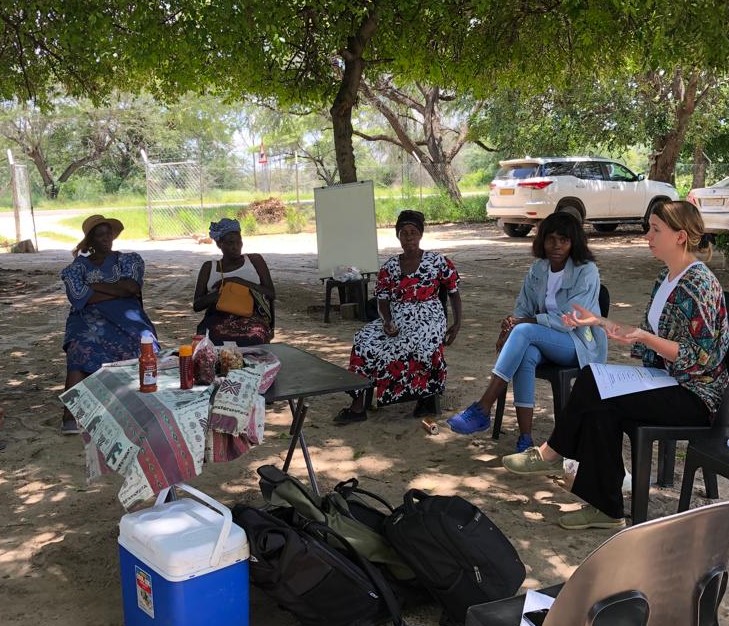
Special thanks to the ZAHOPA chairperson and long-lasting research partner Castrow Mundaa as well as Maxi Pia Louis for the support and collaboration!
Contact: carolin.hulke@uni-koeln.de

